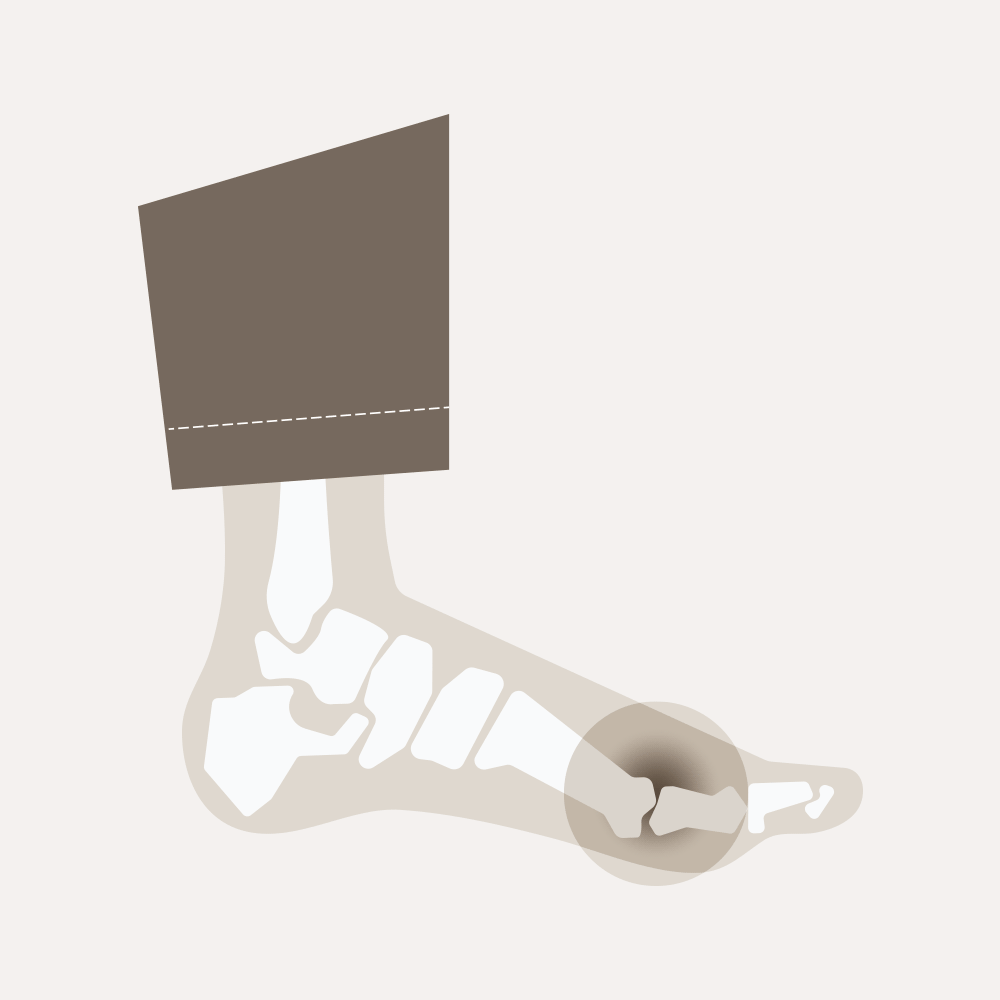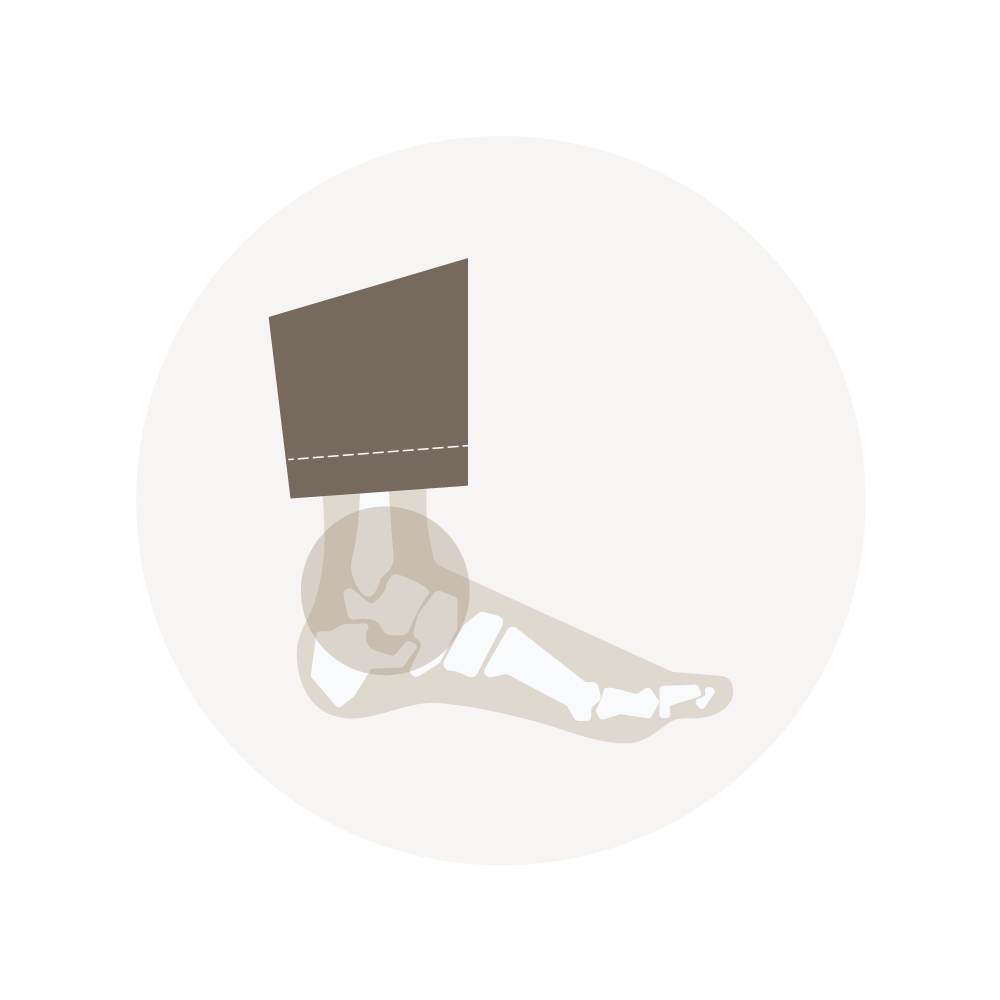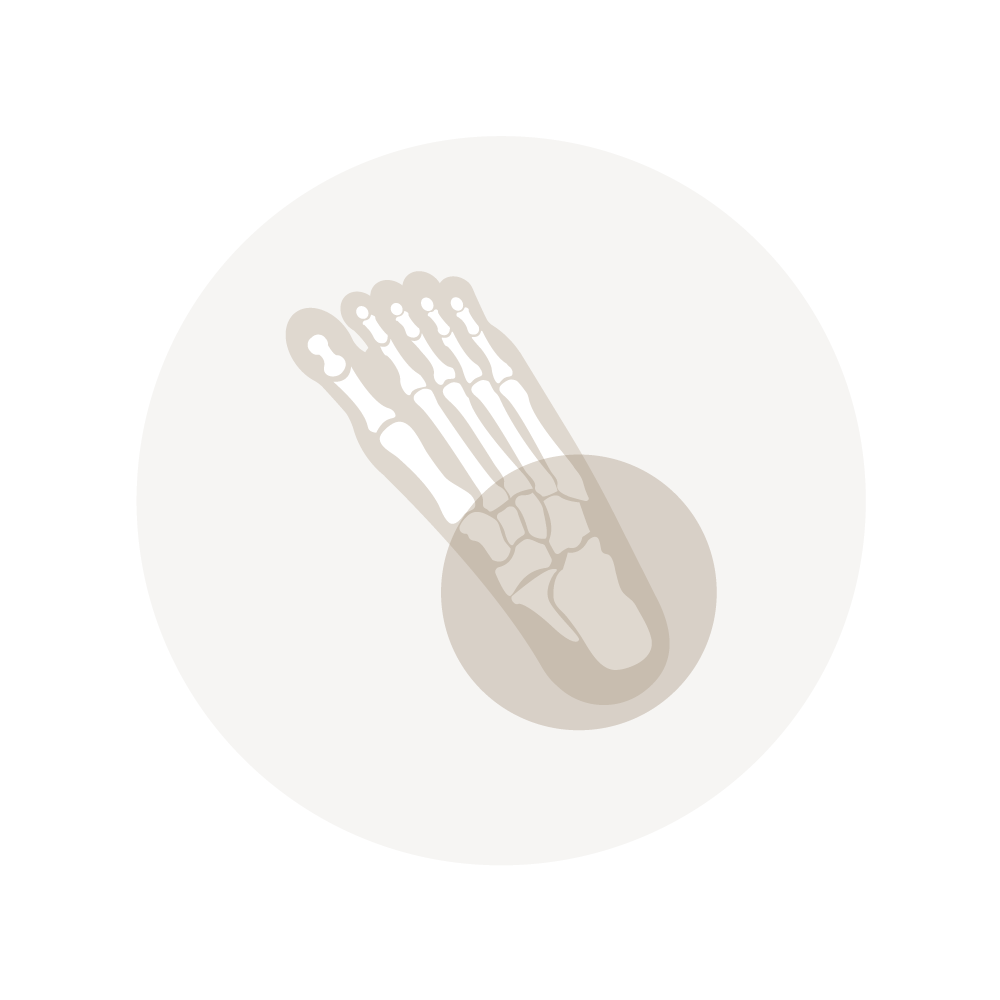Shoes For Sore Feet.
Foot pain can be debilitating and impacts our abilities to go about our day-to-day lives. Footwear plays a big role in all musculoskeletal conditions on the foot. The tricky thing is that there is no singular ‘best shoe’ for foot pain. The optimal shoe will depend on your foot mechanics, foot pain type and location and the cause of your pain.


Here is a general guide on what features make a comfortable shoe.

Width & Depth
Choose shoes that have adequate width and allow you to wiggle your toes, your foot shouldn’t feel compressed in shoes. This will allow for your big toe to function as it should and alleviate compression in the forefoot. Our feet will always shift forward slightly when we walk, so opt for a little extra room at the end of your shoe to avoid jamming toes. The thin footbed found in our Fit Kit can be utilised for all Bared shoes with a removable footbed to tailor the fit of our shoes.

High Quality Uppers
Leather is considered a premium upper for shoes. It allows your feet to breathe as well as keeping them warm in the colder months. As it's a natural fibre, it will soften and mould to the shape of your foot, making it ideal for foot conditions such as bunions or claw toes. Suedes and nubucks will be even softer again. Check that the leather in your shoes is ethically sourced and treated. We’re an official Leather Working Group (LWG) member and purchase 100% of our leathers from LWG-certified suppliers. Our leather products support responsible manufacturing via the Leather Working Group.

Good Fixation
Your shoe should hold onto your foot to avoid toe-clawing. Opt for shoes with laces, buckles or straps that lock your feet in. Avoid slides where possible.

Steel Shank
A shank that runs from under the heel and stops just before the ball of the foot will give a shoe good torsional stability (meaning the shoe doesn’t twist and only flexes at the forefoot). It provides a stable base and allows your feet to work to propel you forward. Plus, it increases the longevity of your shoes. You’ll find a shank in all our styles, excluding our Sanderlings and At Home range.

Firm Heel Counter
Assists in supporting the fat pad to enhance cushioning under the heel and helps to support the rear foot. Having a heel counter, or, at the very least, a strap around the heel encourages extension of your big-toe joint which is essential for foot function. All of our fully-enclosed shoes and some sandal styles have a firm, mouldable heel counter.

Removable, Cushioned Footbed
A gentle arch contour and metatarsal dome will support both your medial longitudinal arch (the inside of your foot) and your transverse arch (your forefoot). A removable insole is particularly handy if your podiatrist or health professional would like to modify your shoes and add padding to offload your foot. If you wear custom foot orthoses, the removable footbed will allow for use of your orthotics, without compromising on depth within the shoe. All Bared shoes are equipped with our biomechanical footbed, which is removable in most fully-enclosed styles.

Cushioned Midsole
Assists in providing shock absorption which is essential if you commute or work long hours on your feet. Look for sturdy foams or natural rubbers. We use high quality, natural rubber for durability and cushioning. We’ve also hidden an extra layer of cushioning within our midsoles for optimum comfort. Plus! Our biomechanical footbed provides additional cushioning throughout the midsole.

Raised Heel Pitch
This slightly elevates the heel, reducing strain through the calf muscles, Achilles Tendon and the Plantar Fascia. All Bared shoes, even our ‘flats’, have a small heel pitch.
Here is a general guide on what to opt for in a shoe depending on the site of your pain.
Please note: every foot condition and every foot is different, this is just a general guide.

Forefoot Pain
Avoid High Heels: The higher the heel, the more load in your forefoot.
Width Is Key: Compression of the forefoot will likely stirr up your symptoms and prolong healing.
Fixation Is Essential: If your shoe is not holding onto your foot with laces, straps or buckles, it's likely that your toes are clawing to hold the shoe onto your foot. This causes increased pressure under the ball of your foot and prevents the big-toe from functioning as a lever arm.
Cushioning: Cushioning is important, particularly if you’re experiencing pain underneath your foot. Avoid thin-soled shoes and opt for a rubber or durable foam.

Ankle Instability or Acute Sprains
Fixation Is Essential: The shoe must hold onto your foot to reduce the work of the tendons around the ankle to help stabilise the foot.
Low, Stable Base: Opt for a sneaker or flat style, a little heel pitch is still good to reduce load through muscles and tendons around the ankle, but a higher heel will open up the joint and create instability.

Rearfoot & Arch Pain
Avoid Completely Flat Shoes: A bit of heel pitch, in some conditions more, is great at reducing load through your calf, achilles tendon, plantar fascia and the tendons that run alongside your ankles. Be sure that the base of the shoe is still stable.
Firm Heel Counter & Fixation: Helps to stabilise the rearfoot and supports the fat pad. If you have an irritated superficial bursae (insertional achilles), a firm heel counter may irritate.
Cushioned Midsole & Steel Shank: Provides both shock absorption and torsional stability.
Related Articles
Wide Feet | Narrow Feet | Shoes for Orthotics | Morton's Neuroma & Shoes | Plantar Fasciitis & Footwear | Bunions & Shoes